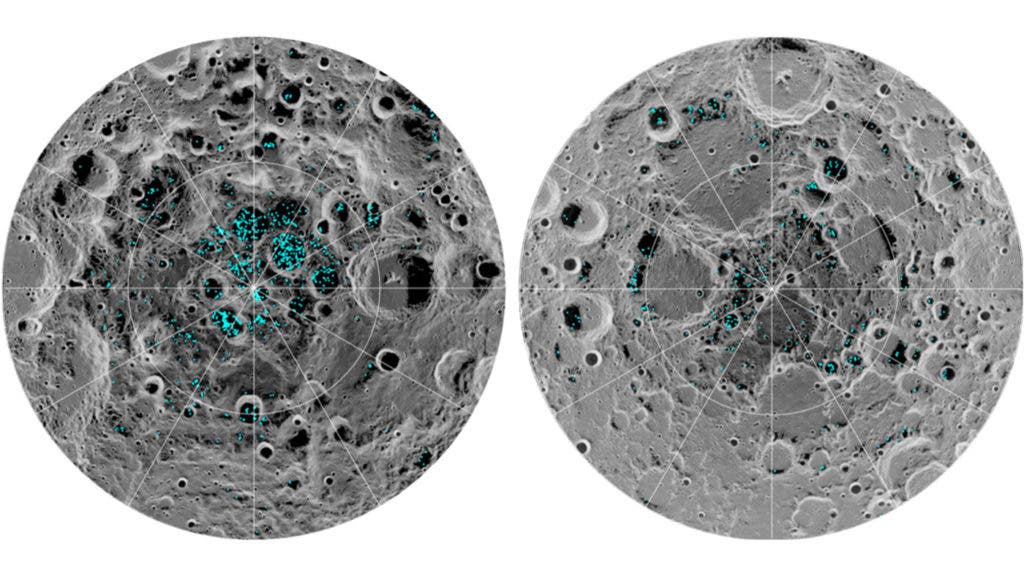For the first time, scientists have found irrefutable evidence of ice on the lunar surface. To make things even more exciting, this makes the prospect of establishing a lunar colony much more likely.

In 1835, a journalist working for The Sun (a New York newspaper), published a series of articles in which he claimed that life on the Moon had been discovered. He went on to say that winged humanoids and goat-like creatures inhabited the Moon, attributing the findings to Sir John Herschel, one of the greatest astronomers of the time. The articles, however, were a hoax — nothing more than a joke played on an unsuspecting audience. But this hoax echoed with so many people because it appealed to a very common curiosity: what is the Moon like? Is it like the Earth? Does it host alien life? Is it real?
Our understanding of the Moon has improved dramatically since then, and we know that no goat-like creatures could live on its surface. But the Moon is still as intriguing as ever, spurring heated debates about its formation, past life forms, and even a planned human colony. A big part of these discussions, however, hinges on a particular and familiar substance: water.
Although previous research has indicated the potential of water (especially frozen water) on the lunar surface, now, for the first time, astronomers have direct evidence of ice on the satellite. Beyond the shadow of a doubt, we can now say that there’s ice on the Moon.
Using NASA’s Moon Mineralogy Mapper (M3), a team led by Shuai Li of the University of Hawaii and Brown University and including Richard Elphic from NASA’s Ames Research Center in California’s Silicon Valley, have measured how some areas of the moon absorb light. Based on that data, they’ve identified three specific signatures which together form a clear indication of ice. The signatures indicate frozen water, not liquid or vapor.

Most of the ice is concentrated around the Moon’s darkest locations, which are consequently the coldest — the shadows of craters around the Moon’s polar areas. Because of the very small tilt of the Moon’s rotation axis, sunlight never reaches these regions, thus making the Moon unique in our solar system in terms of frozen ice.
“We found direct and definitive evidence for surface-exposed water ice in the lunar polar regions. The abundance and distribution of ice on the Moon are distinct from those on other airless bodies in the inner solar system such as Mercury and Ceres, which may be associated with the unique formation and evolution process of our Moon.”
Furthermore, researchers say, it seems like there’s enough water ice to support an exploration or even a permanent mission on the Moon. The Moon has been shown to host vast quantities of water beneath its surface, but surface ice would be much more accessible and easy to use.
It’s not the first time evidence of ice has been picked up on the moon. However, previous observations could have theoretically been explained by very reflective soils. Now, that’s out of the question.
Future research will try to explain how this ice got there in the first place and what role it plays in the lunar environment.
The study has been published in PNAS.





